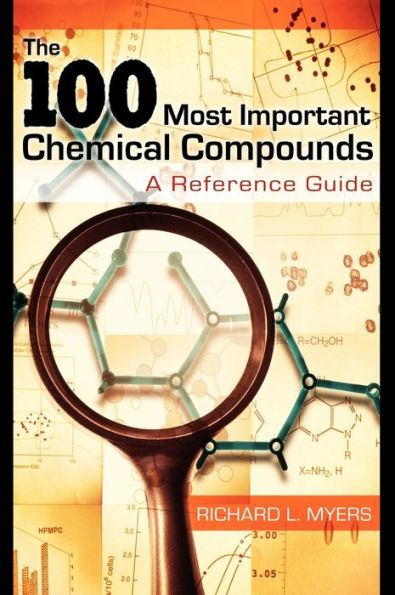5
1
9780313337581



The 100 Most Important Chemical Compounds: A Reference Guide available in Hardcover, eBook

The 100 Most Important Chemical Compounds: A Reference Guide
- ISBN-10:
- 0313337586
- ISBN-13:
- 9780313337581
- Pub. Date:
- 08/30/2007
- Publisher:
- Bloomsbury Academic
- ISBN-10:
- 0313337586
- ISBN-13:
- 9780313337581
- Pub. Date:
- 08/30/2007
- Publisher:
- Bloomsbury Academic

The 100 Most Important Chemical Compounds: A Reference Guide
$103.0
103.0
In Stock

Product Details
| ISBN-13: | 9780313337581 |
|---|---|
| Publisher: | Bloomsbury Academic |
| Publication date: | 08/30/2007 |
| Pages: | 352 |
| Product dimensions: | 7.00(w) x 10.00(h) x 0.81(d) |
| Age Range: | 12 - 17 Years |
About the Author
From the B&N Reads Blog



